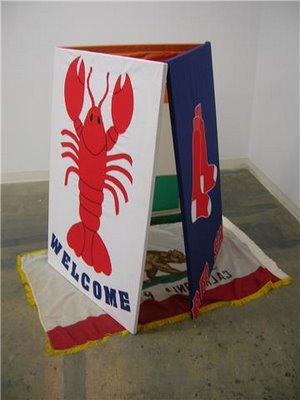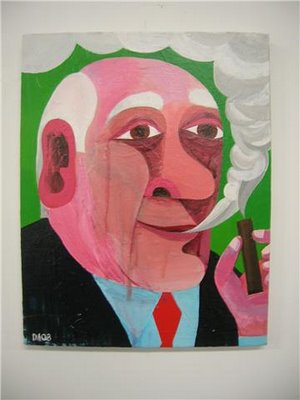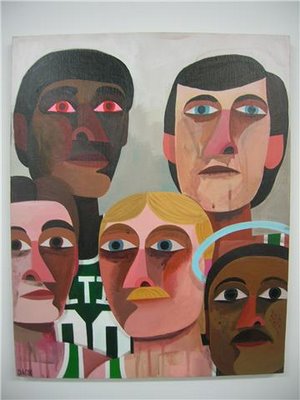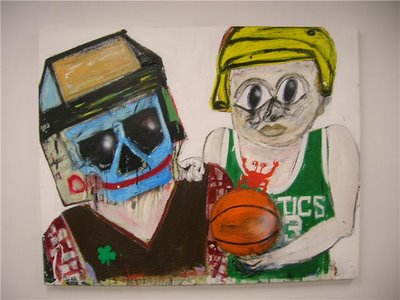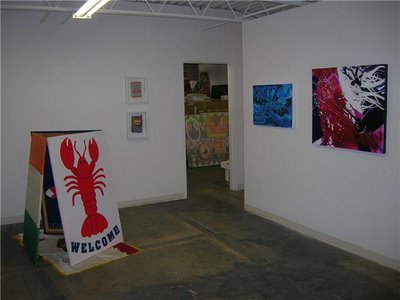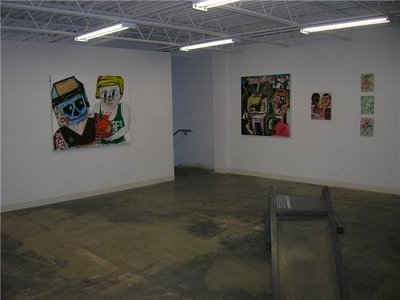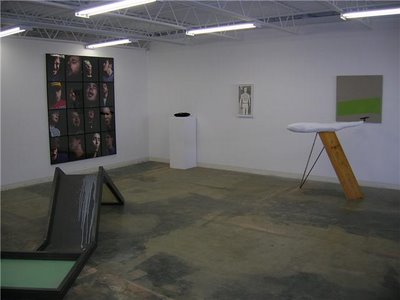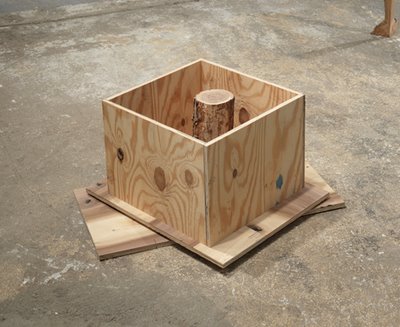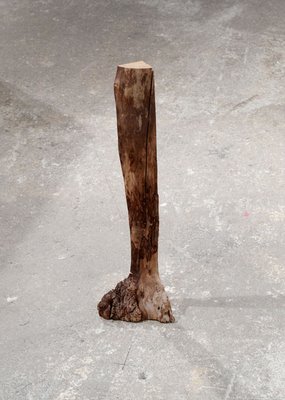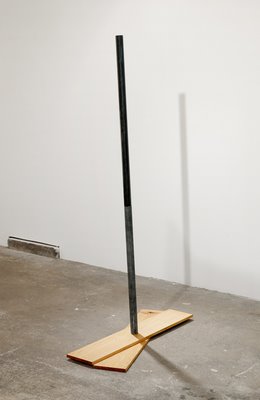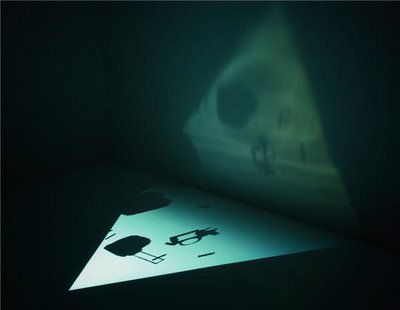“This is Boston, Not LA” at LaMontagne
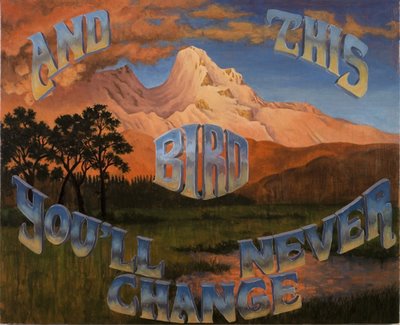
From my review of “This is Boston, Not LA” at LaMontagne Gallery in Boston:
In 1982, a group of Boston-area hardcore punk bands released what would turn out to be a landmark compilation album, “This Is Boston, Not L.A.” The hardcore scene was very territorial, and the title of the album, taken from the Freeze song on the record, was seen as a challenge and an F-you to the prominence of Los Angeles and Washington hardcore, as well as a call to Bostonians to assert their own local (musical) identity. Now comes “This Is Boston, Not LA” at LaMontagne Gallery to take up that old title as a sort of manifesto of what Boston art can be.Read the rest here.
There are three modus operandi that Boston artists bunch around today: deadpan set-up photos; new-media explorations; and rigorous conceptually driven installations, often with video of a performance. There are outliers, of course, and the visionary expressionist painting that began here in the ’30s continues, and a cluster of lush decorative pattern painters is forming. But the photo, new-media, and installation folks are most prominent. And they weight the scene toward an æsthetic that’s serious and angsty. …
The 22-artist line-up of “This Is Boston, Not LA” suggests a different Boston art (though note that a number of the artists are former Bostonians), a scene fueled by rock and roll and ’80s nostalgia that includes Larry Bird’s Celtics and the sort of murals you might have painted on the side of your tricked-out van back then. The big difference is attitude. It’s a vision of a Boston scene that makes you want to throw up your hands and flash the devil’s-horns salute: yes!
“This is Boston, Not LA,” LaMontagne Gallery, 555 E. 2nd St., South Boston, Nov. 29 to Dec. 27, 2008.
Pictured from top to bottom: Joe Wardwell of Boston, “You’ll Change”; Samantha Moyer of Brooklyn, “Untitled (hollywood to hanover)”; Rebecca Gordon of Chicago, “Rock, Pop, Classic”; Derek Aylward of Dedham, “Red” and “Robert, Kevin, Danny, Larry, Dennis”; Eddie Martinez of Brooklyn, “it’s up to you and me brotha”; plus installation shots of “This is Boston, Not LA.”
